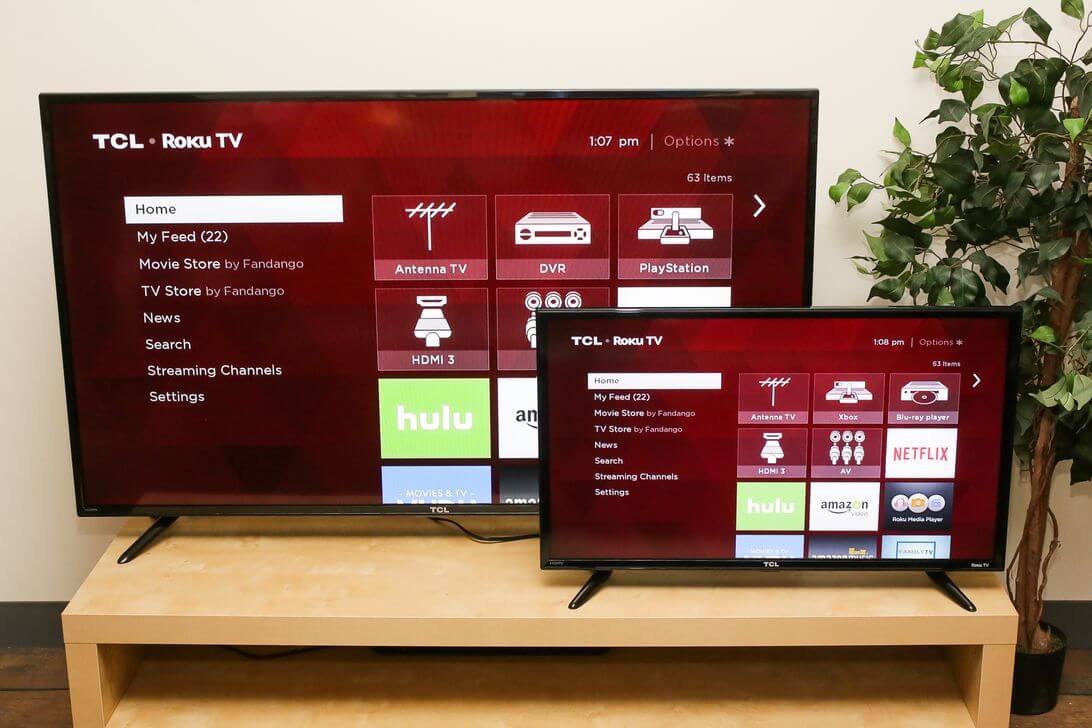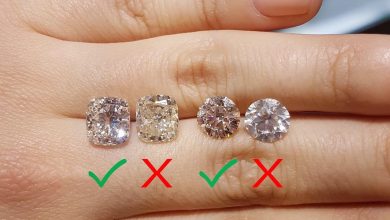Cheap vs. Expensive TVs – What’s The Difference?

Televisions are now more or less a staple in just about every home in the developed world. As such, there is naturally a jaw-dropping range of options available for consumers of all types.
With modern developments in both lifestyle and entertainment, the role of the TV has changed largely depending on the specific user.
Therefore, there has never been a more significant time that the price of a TV has been such an important consideration. The people over at hotrate.com has put together this short guide to help you understand what exactly sets apart cheap TV models from their more premium counterparts.
Cheap vs. Expensive TVs – What’s The Difference?
Display
Since the display of a television is its most important facet, this is obviously going to have a significant impact on its cost and marketability. Over the years, the standard for display quality has changed vastly based on the advancing demands of consumers.
While the likes of LCD panels and Full HD resolution were a massively premium feature not too long ago, this is now regarded as the bare minimum for any modern TV. With that, you are likely to find 1080p LCD displays among some of the cheapest models currently available.
As you explore more premium TVs, this is where you’ll begin seeing the likes of OLED panels and 4K Ultra HD displays. Even then, though, 4K is now becoming enough of an in-demand feature to be included in more affordable models. More recent developments in the industry even push potential resolutions up to 8K, but only in the most premium models.
Size
Although this category is less prescriptive than it may have been in the past, the size of a TV still typically has an impact on its price. Smaller 19-32” TVs will naturally be cheaper, as the smallest of these are by default typically too small to support a wide range of features. At the same time, the likes of an Ultra HD display would be wasted on such small devices.
Today, the largest TVs can reach up to 65” and beyond to provide the most ultimate viewing experiences possible. As larger and larger models are released, they will naturally carry a humungous price tag while the manufacturers still have an edge on the market.
However, as time goes on, these models will always find their way to cheaper markets, and so today you can easily find 33-55” TVs at much more affordable prices than when they were first fashionable. Besides the sheer size factor, more expensive TVs also tend to have thinner and sometimes even virtually absent bezels, which can really enhance a viewing experience.
A small few manufacturers are even forgoing the TV shell altogether with an entirely transparent display, but these models are of course obscenely expensive right now.
Features
Among the largest factors of a TVs price point are its specific features. While you can always expect a TV to deliver the bare minimum performance of a modern display, you may not get much more than that with cheaper models. In terms of raw features, you can at the very least expect a basic range of input and output ports such as HDMI, as well as a standard-quality display and audio.
When you move into more highly priced TVs, the possible features available are seemingly endless. This is where you begin to see the likes of Smart TVs, fitted with internet browsing and streaming capabilities. Many of these TVs also come with built-in Google Assistant or Amazon Alexa support for voice control, as well as capabilities for casting content straight from your smartphone.
Of course, you can also expect a much wider range of ports here, too. This will typically include a larger number of HDMI inputs as well as more niche inputs on larger displays, as well as a USB port as standard for powering smart devices or for displaying content from a USB drive.
TL;DR
While advances in home entertainment technology advance steadily, yesterday’s millionaire TVs are now among the most affordable models for the average consumer. No matter the price of a TV model today, you are guaranteed a quality viewing experience. While a gigantic Ultra HD Smart TV can easily set you back several thousands of dollars, it’s also perfectly easy to find a really decent TV for under $300.
While cheaper models of course forego an extensive range of specialist features and the highest quality components, you certainly won’t be missing out even with the cheapest models currently available. For the average user who may only watch a few shows a week or tune in for the evening news, a cheap TV will likely be more than sufficient.
However, more expensive TVs will afford you the luxury of more generous sizes, higher-quality displays, Ultra HD resolutions, and a plethora of Smart capabilities. More avid users who enjoy immersive console gaming sessions or regular movie marathons are likely to benefit from making a larger investment.
Any TVs with internet capabilities will also be eligible for regular software updates to enable users to stay up to date with any developments in the entertainment world. Even these models, though, will before long fall into the realm of the affordable and the forgotten, so you’ll have to consider whether it’s really worth making a huge investment or just paying for what you know you need for now.









